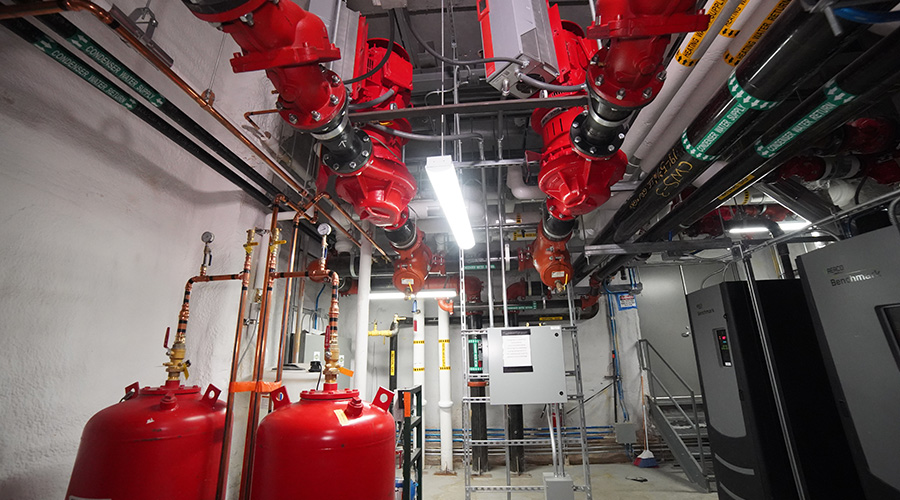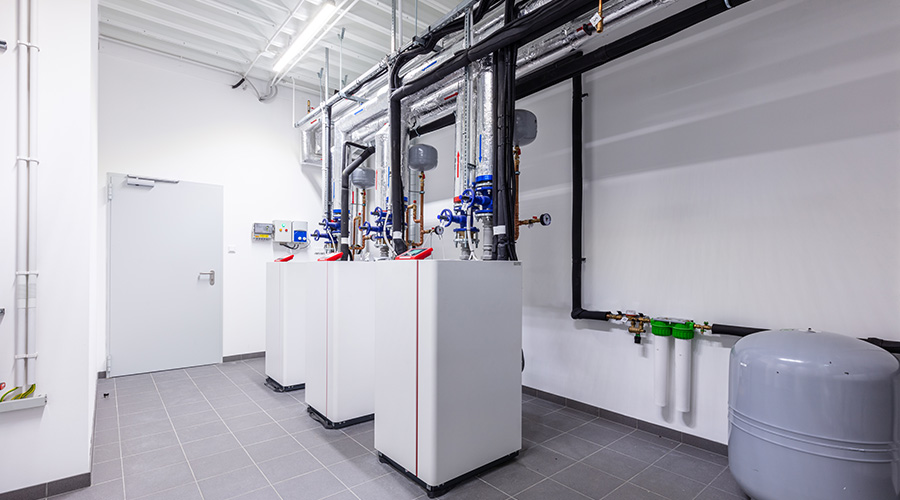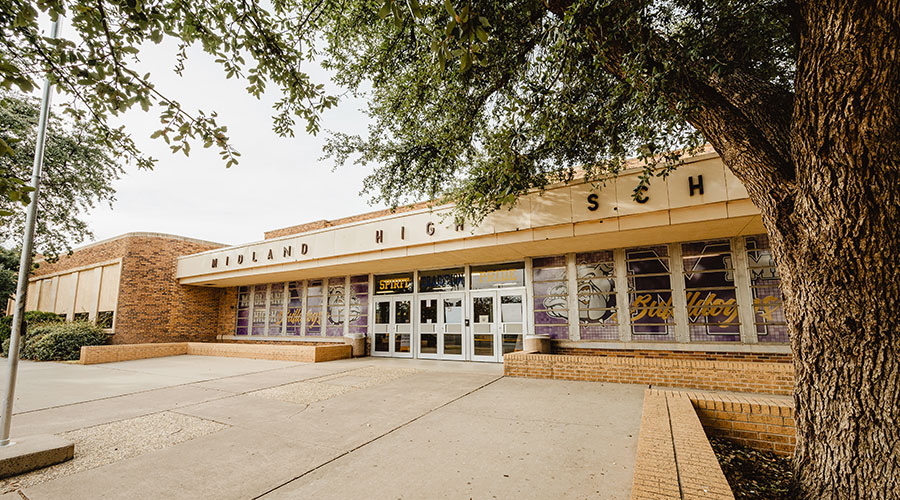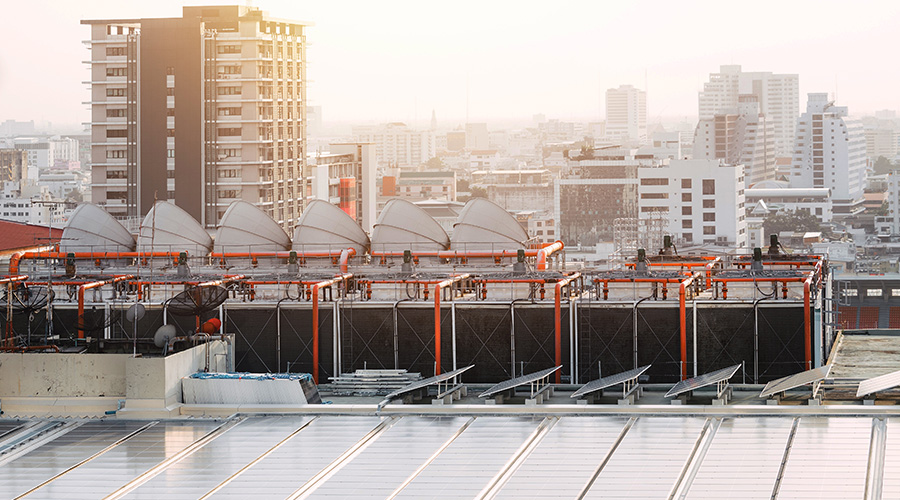Hospital's Aging Core Poses Maintenance, Engineering Challenges
The presence of maintenance and engineering personnel in commercial and institutional buildings — whether in a classroom, an operating suite, or hotel lobby — often creates the perception that something is wrong with the facility or its operations.
That perception is not always accurate, but managers, engineers, and technicians know the more work they do behind the scenes, the better. For facility professionals at Gateway Medical Center in Clarksville, Tenn., keeping a low profile has been much easier since the opening of a new hospital in June 2008.
The 490,000-square-foot, 270-bed hospital features reliable, energy-efficient equipment that allows maintenance and engineering staff to control the building more effectively and create a more comfortable environment for patients, occupants, and visitors.
The hospital's maintenance, repair and operations activities have become so efficient, the CEO has said he did not realize the new facility even had a maintenance department. While the comment was facetious, it speaks to the job managers and staff have done in creating smooth operations out of the public eye.
"(The CEO is) not seeing us as much as he's used to," says Mike Holzkamper, the hospital's director of facilities management.
Breaking Point
While discussions of building a new hospital had been going on for years, the organization began to formalize plans for a new facility in 2005.
"We had no choice," says Jim Skeens, the medical center's plant operations manager, referring to the dire state of the old hospital's infrastructure and equipment.
Time-consuming, resource-depleting maintenance activities became the rule rather than the exception in the old hospital. The facility had a 54-year-old core that endured numerous renovations and additions, leading to energy inefficiencies and increasing maintenance demands.
"The infrastructure (was a problem)," Skeens says. "We had steam lines that were pretty much at the end of the road. We had multiple parts from the (1960s) to the year 2000. It was just getting to the point where it was problematic how to actually fix the building because the technology was running out and equipment we had, they didn't make parts for anymore. "
Related Topics:














